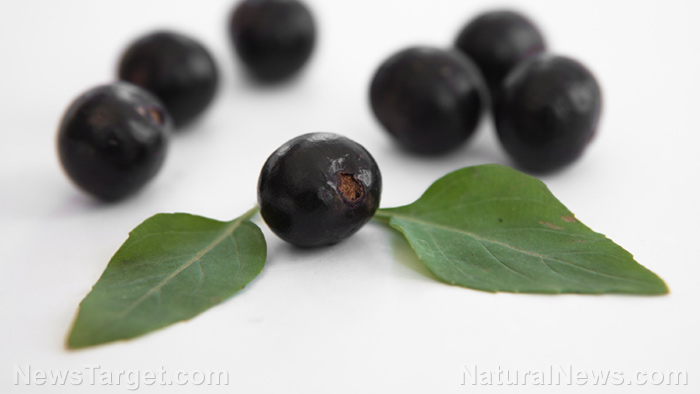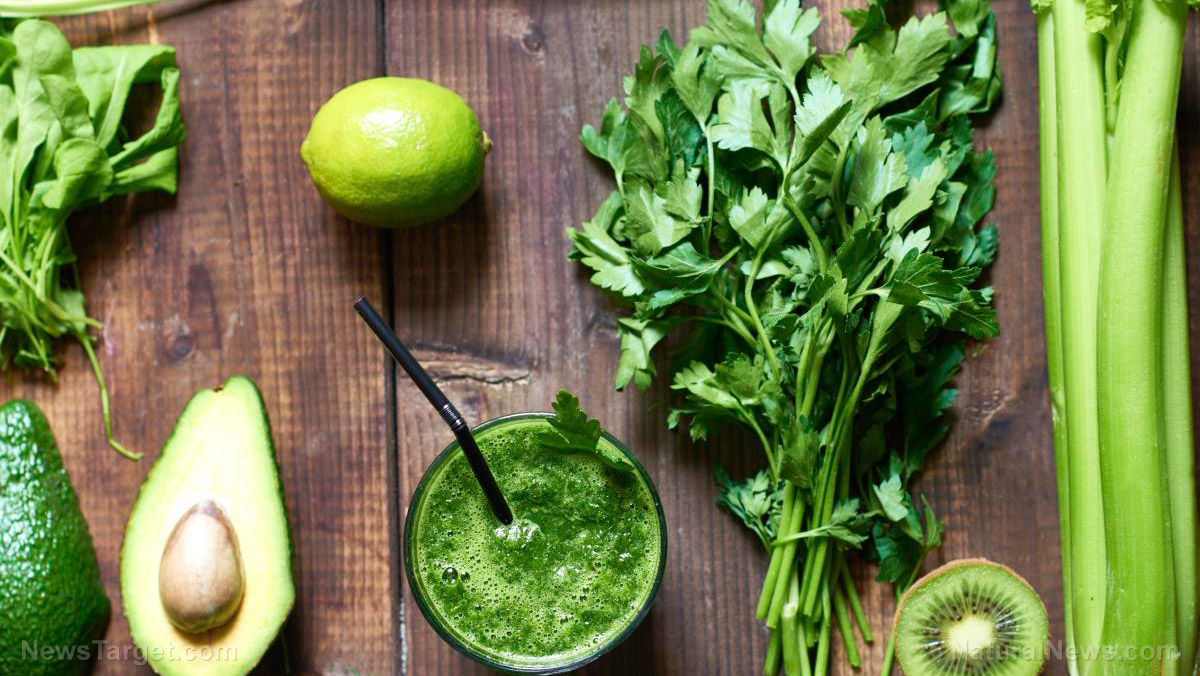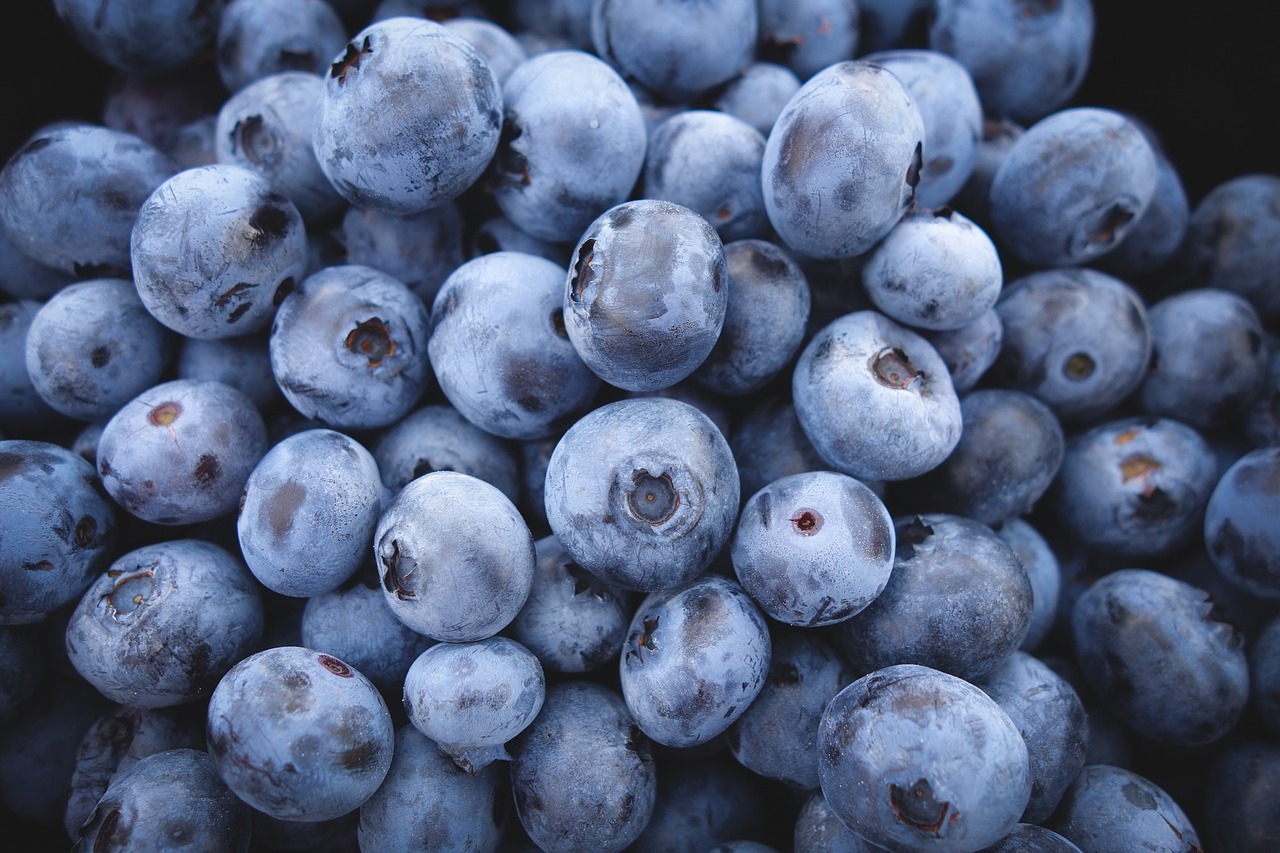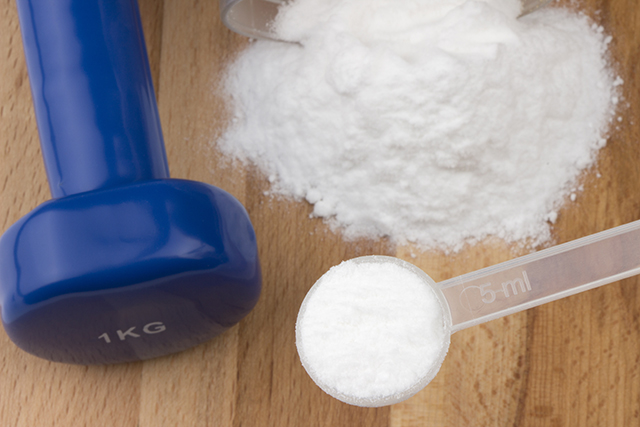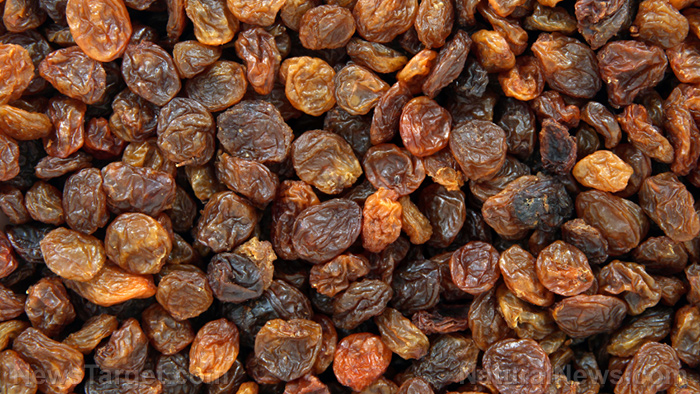Vitamin C and other antioxidants can prevent cell toxicity linked to the water contaminant hexavalent chromium
11/22/2019 / By Melissa Smith

Antioxidants such as vitamin C are often taken to boost immunity and prevent diseases, but these substances can also be used against a water contaminant called hexavalent chromium. This chemical contaminates the water supply in about 200 million American homes.
Researchers from Olivet Nazarene University in Bourbonnais, Illinois discovered that vitamin C and other antioxidants like epigallocatechin gallate (EGCG), the primary antioxidant in green tea, can reduce the harmful effects of hexavalent chromium. This chemical is often produced by industrial processes, so it usually enters the water supply through industrial waste. Additionally, it is known to cause cancer. (Related: Hexavalent chromium (chromium-6) was just found in 75% of drinking water… the mass chemical suicide of America is under way.)
In this study, the researchers aimed to determine whether antioxidants can help avoid cell toxicity. To do so, the researchers exposed two types of human cells to different concentrations of hexavalent chromium. They looked at the chemical’s toxic effects on cells at concentrations of 200 parts per billion (ppb) or higher. The results showed that adding vitamin C at 10 parts per million (ppm) or EGCG at 15 ppm blocked the harmful effects of high hexavalent chromium concentrations.
The researchers also carried out experiments in which they examined DNA mutations in bacteria exposed to 20 ppb or more of hexavalent chromium. Through this, they found that treating bacteria exposed to the chemical with 20 ppm of vitamin C prevented these DNA mutations.
Overall, the researchers concluded that an oxidative mechanism might be responsible for the contaminant’s toxicity, which could be prevented by treating water with antioxidants. They hope that their findings could help improve the monitoring and regulation of water quality. They also believe that these could result in the development of treatments that could reduce health risks from exposure to hexavalent chromium.
“If the new findings are further validated and go on to clinical trials, it might be possible to treat at-risk water sources with antioxidants like vitamin C to lower the risk for cancer caused by hexavalent chromium,” explained Tim Mayotte, one of the authors of the study.
Mayotte and his team presented their findings at the 2019 Experimental Biology meeting in Orlando, Florida. Their study is the first to use human cells to investigate the effects of hexavalent chromium and protection by antioxidants.
More benefits of vitamin C
Vitamin C is a potent antioxidant that can boost the natural defenses of the body, particularly the immune system. They work by protecting cells from harmful substances called free radicals. These free radicals can cause oxidative stress, which has been associated with many chronic diseases such as heart disease. Increasing your vitamin C intake can boost your antioxidant levels by up to 30 percent, helping to fight inflammation.
Vitamin C may also help in blood pressure control. Animal and human studies showed that supplementing with vitamin C can help lower blood pressure levels in healthy adults and adults with existing high blood pressure or hypertension.
Increasing your vitamin C may also lead to better memory and thinking. Low levels of vitamin C have been associated with a higher risk of memory and thinking disorders such as dementia. On the other hand, a high intake of vitamin C from foods and supplements can protect against cognitive decline.
Vitamin C is an essential vitamin, which means that the body does not produce it. You can get vitamin C from many foods, especially fruits and vegetables such as bell peppers, broccoli, kale, kiwi fruit, oranges, and spinach. Overall, vitamin C-rich foods and supplements are a great addition to your diet.
Sources include:
Tagged Under: antioxidants, clean water, drinking water, EGCG, epigallocatechin gallate, hexavalent chromium, research, toxic chemicals, toxins, vitamin C, water contaminants, Water safety, water supply
RECENT NEWS & ARTICLES
Antioxidants.News is a fact-based public education website published by Antioxidants News Features, LLC.
All content copyright © 2018 by Antioxidants News Features, LLC.
Contact Us with Tips or Corrections
All trademarks, registered trademarks and servicemarks mentioned on this site are the property of their respective owners.


